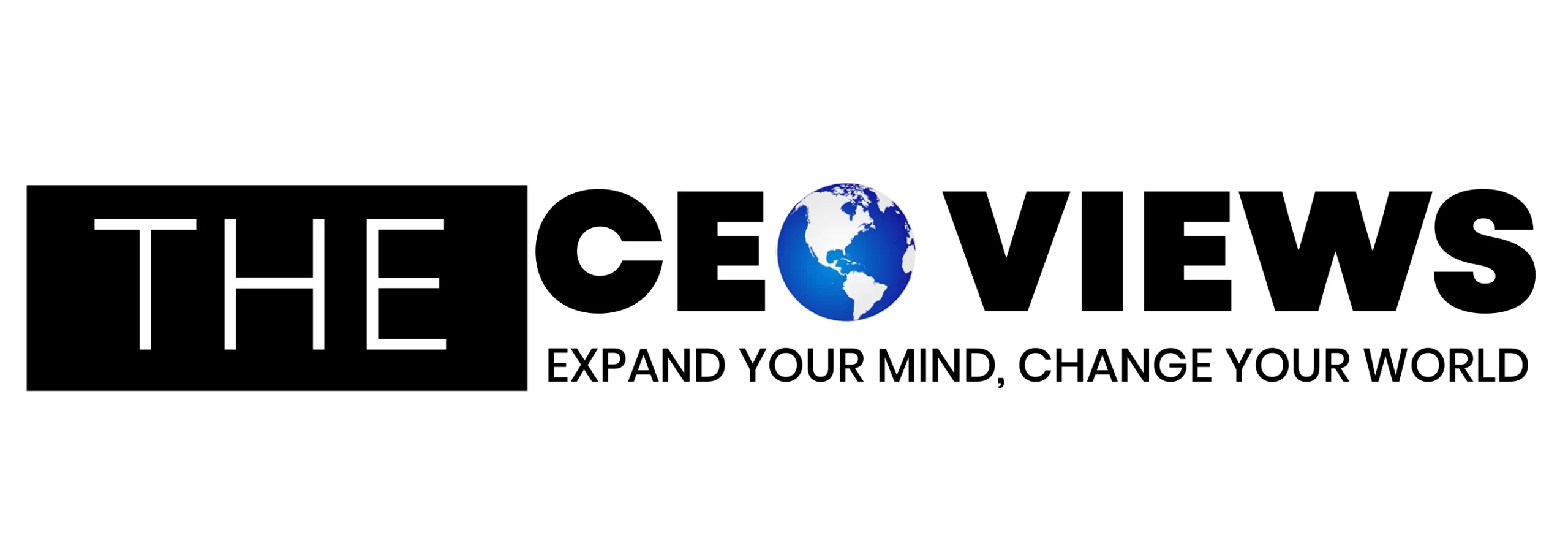These days, a single day in the hospital can cost more than an entire month, or even a year, of someone’s salary. From basic labs to overnight care, the price of healthcare keeps rising.
Employers are bracing for a 7-9% increase in healthcare costs in 2025, according to projections from SHRM and Mercer. To manage rising expenses without hurting retention or satisfaction, some companies are turning to solutions like telehealth for employee productivity, which helps teams stay healthy while controlling costs.
One proven strategy is to combine telehealth for employees with nutrition counseling, particularly when it’s covered under an existing health insurance plan. In this article, we’ll look at how this works, why it matters for business performance, and how leaders can take action.
What Top Companies Know That You Don’t
There’s no single way to do employee wellness right, but the most successful companies treat it as a core part of their business strategy. Let’s look at how Salesforce, Nike, and Johnson & Johnson each take a different approach, plus how one mid-size tech company applied the same principles with impressive results.
Salesforce prioritizes mental health and flexibility. Employees get access to free therapy sessions through Lyra Health, along with generous time-off policies. Leaders openly talk about mental well-being and model healthy boundaries, helping to normalize care without guilt.
Nike takes a movement-first approach. Employees have access to on-site gyms, therapy, and a company-wide recovery week every August. The culture blends high performance with built-in rest, treating physical wellness as part of the job.
Johnson & Johnson leans on data. Their wellness strategy includes health screenings, tracking tools, and personalized coaching to prevent illness and reduce costs. Their approach is more traditional, but it delivers: fewer sick days and stronger long-term health outcomes. [1]
At a smaller scale, a mid-size tech company recently integrated Aetna-covered telehealth and nutrition services in early 2025. Within six months, 35% of their team used virtual dietitian visits. Blood pressure dropped an average of 3 mmHg, and energy levels and focus improved by 18%. Sick days fell 15%, and team leaders saw faster work completion with fewer errors.
Supporting this, data from Health Loft shows similar outcomes, like an average 2.9 mmHg drop in blood pressure and an 11% drop in cholesterol after structured virtual dietitian support.
Whether you’re a global brand or a growing company, these stories prove one thing: when you invest in your people’s health, performance follows.
Telehealth for Employees is A Game Changer
Telehealth has grown far beyond urgent care. Today, it includes everything from primary care and mental health services to ongoing nutrition counseling – all available via phone or video. For employees, that means they can connect with licensed providers quickly, without the need to take time off or commute to a clinic.
This convenience matters. Using an Aetna health insurance plan, employees can access telehealth services that help identify health issues early, reduce downtime, and enhance recovery, allowing them to stay healthy and productive. Many services are available 24/7, giving workers the flexibility to get care when it fits their schedule.
That flexibility isn’t just about comfort; it’s also a business imperative. When employees come to work sick, burned out, or unwell, the cost goes far beyond morale. According to a 2025 review published by the American Association for Physician Leadership, presenteeism quietly drains U.S. businesses of up to $150 billion annually – nearly ten times more than absenteeism. These employees are often 33% less productive, make more mistakes, and can even spread illness to coworkers, compounding the problem across teams. [2]
As more companies adopt hybrid or remote work setups, offering flexible, digital-first health benefits like telehealth becomes a smart strategy. It supports employee well-being while sustaining productivity, making it a win for both people and profits.
How Leaders Should Implement This Strategy
If you want to boost employee health and productivity while managing healthcare costs, start by looking at your current health benefits. Many Aetna plans already include telehealth support for dietitian visits, typically up to six sessions a year, with no out-of-pocket costs for preventive or chronic needs. Make sure this benefit is part of your organization’s health insurance for employees.
Next, communicate it clearly to your team. Use simple language like: “We offer Aetna-covered dietitian health insurance.” Avoid jargon. Instead, provide quick guides, FAQs, and even email templates your managers can use to spread the word internally.
To roll things out smoothly, consider working with partners like Health Loft. They can verify employee insurance, manage appointment scheduling, and handle the billing, freeing up your HR team from extra admin work.
Once the program is running, track the data. Look at participation rates, changes in health markers like blood pressure or cholesterol, sick day trends, and employee feedback. These numbers help you understand the impact and build a case for continued investment.
And don’t forget to celebrate wins. Share anonymized success stories – like employees who used their six Aetna-covered sessions, improved their health, and reported higher focus and energy at work. These stories build momentum and show your team that wellness benefits aren’t just for show; they’re here to make a real difference.
Conclusion
In 2025, smart companies are no longer treating employee health as a perk. It is now a performance driver. Telehealth for employees, especially when combined with Aetna-covered dietitian support, offers a powerful way to improve focus, reduce sick days, and control long-term costs.
Rolling out these tools shows your leadership team cares about outcomes and well-being. It is about more than convenience. It is about creating a healthier, more resilient workforce that can meet the demands of a fast-changing world.
If you want to explore more insights on leadership, innovation, and workplace wellness, visit The CEO Views.
Start reviewing your plan today. Your healthiest and most productive year could be right around the corner.
References:
- Kohli, K. (2025). The future of employee wellness programs: Managing health and happiness in the workplace. International Journal of Formal Multidisciplinary Research, 7(1). https://doi.org/10.36948/ijfmr.2025.v07i01.34229
- Wang, M. L. (2025, July 7). Why employees work while sick—and how leaders can stop it. American Association for Physician Leadership. https://www.physicianleaders.org/articles/research-why-employees-work-while-sick-and-how-leaders-can-stop-it










